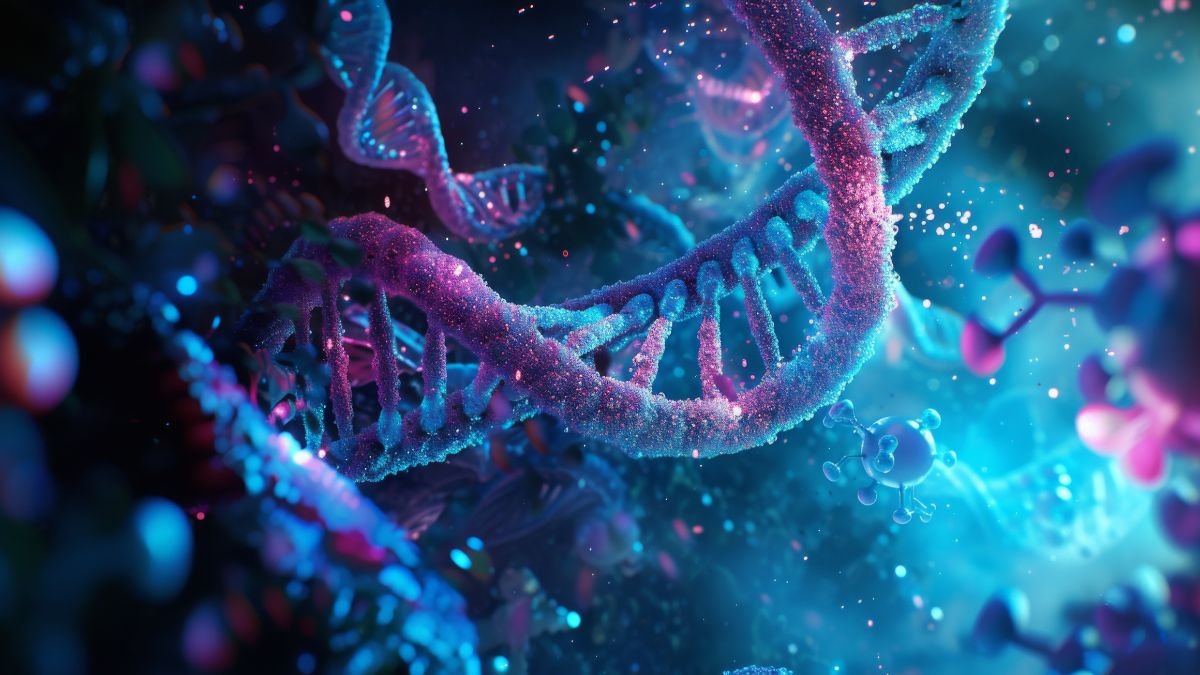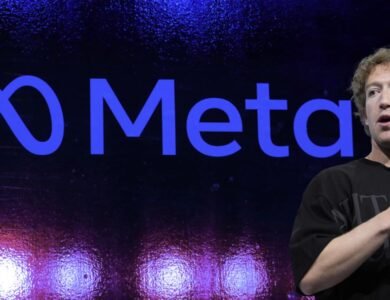
A team of researchers trained a transformer-driven machine-learning model on about 3,000 LNP formulations and used it to predict new mixes that boost mrna delivery. The system learned how cholesterol, a helper lipid, an ionizable lipid, and a PEG-conjugated lipid interact in complex formulations.
Led by senior author Giovanni Traverso, an associate professor of mechanical engineering, the group validated predictions with mrna that encodes a fluorescent protein in mouse skin cells. Some predicted formulations matched or outperformed commercial benchmarks in vitro.
The approach also scaled: the team added branched PBAEs as a fifth component and tested lyophilization effects to extend shelf life. Results point toward faster, cheaper formulation discovery and better delivery vehicles for rna therapies and vaccines.
The open-access study, with lead authors Alvin Chan and Ameya Kirtane, appears in Nature Nanotechnology and links to ARPA-H efforts on oral delivery devices and metabolic disease applications.
• A transformer-based machine-learning tool speeds selection of promising LNP formulations.
• Validation shows improved mrna delivery and practical paths to new therapeutic vehicles.
MIT unveils COMET model to design improved lipid nanoparticles for RNA vaccines
Researchers reframed formulation work by teaching a transformer-based machine-learning model to rank promising ingredient blends. The system learned how cholesterol, a helper lipid, an ionizable lipid, and a PEG-conjugated lipid interact across thousands of entries. This data-driven approach narrowed choices and pointed teams toward candidates that would work in lab tests.
In validation, predicted mixes delivered mrna encoding a fluorescent protein into mouse skin cells with higher efficiency than many training examples. Some candidates even matched commercial benchmarks, showing the approach can speed identification optimal combinations for different types of cells.
Senior author giovanni traverso, an associate professor of mechanical engineering, noted that artificial intelligence cuts time and cost by guiding which formulations researchers synthesize first. Language models-inspired architectures can capture complex component relationships and help target delivery and stability goals for rna vaccines and other therapies.
Inside COMET: a transformer-based machine-learning model redefining RNA delivery
Investigators used transformer methods from natural language processing to capture complex, non-linear links among formulation components and delivery performance.
Architecture inspired by language models
The system treats each ingredient like a token in a sentence. That lets the model learn how cholesterol, a helper lipid, an ionizable lipid, and a PEG-lipid interact as a group.
Training on a large, measured corpus
Researchers compiled about 3,000 distinct lnp formulations and measured mrna expression of a fluorescent protein in mouse skin cells. Those consistent readouts fed the machine-learning model and shaped predictions.
Validation that rivals commercial mixes
After training, the model suggested new formulations that outperformed many training examples and occasionally matched or beat commercial standards in controlled cell assays.
The framework later added ~300 entries with branched PBAEs and was tested in other cell types, including Caco-2 from colorectal cancer. This shows a clear path to tailor delivery across therapies and development needs.
From cells to stability: tailoring LNP formulations for real-world RNA vaccines and therapies
Work moved beyond cell assays into stability studies, linking tissue targeting with storage resilience. The team trained its system on different types of cells and used Caco-2 assays as a stringent test of epithelial transport and intestinal delivery potential.
Targeting specific tissues with cell-level data
Researchers compared delivery across multiple cell systems to see which components help deliver rna into cells from distinct tissues. Results showed how swapping an ionizable lipid or helper lipid shifts potency and specificity. That guided identification optimal combinations when developers balance stability, potency, and targeting.
Engineering resilience for lyophilization
Predictions highlighted formulations that keep mrna expression after freeze-drying. Teams evaluated candidates before and after lyophilization to ensure delivery performance held up. This approach supports vaccines and therapies that need reliable storage without strict cold-chain limits.
By pairing artificial intelligence with lab validation, researchers accelerated development paths for drug delivery and opened routes toward oral or ingestible administration supported by ARPA-H efforts.
What this breakthrough means for next-generation RNA vaccines and metabolic disease therapies
The work puts a data-driven engine at the center of formulation effort, cutting wasted experiments and surfacing candidates with higher odds of success.
Researchers can pair optimized mixes with payloads such as GLP-1 mimics to pursue treatments for metabolic diseases like obesity and diabetes. The approach could also guide oral or ingestible routes under ARPA-H support.
Better selection of components improves mRNA delivery across cell types and boosts protein expression from smaller doses. That raises the chance of safer, more effective vaccines and drug candidates reaching trials faster.
Published in Nature Nanotechnology and backed by leading institutes and funders, this platform helps teams focus resources on nanoparticle formulations that matter.



